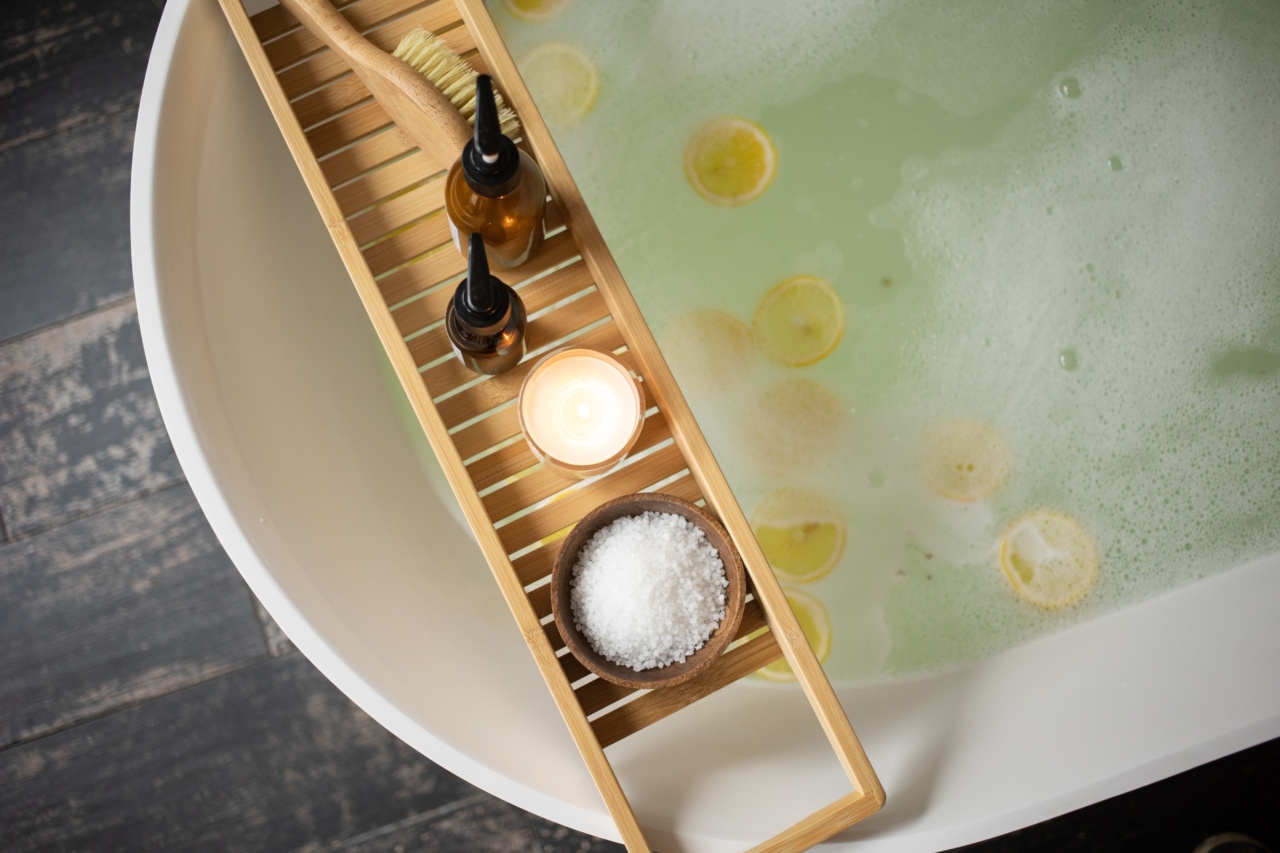Hypertension, or high blood pressure, affects millions of people worldwide. It is a leading cause of heart disease, stroke, kidney disease, and other health conditions.
While there are many medications available to treat hypertension, some people choose to manage their blood pressure through lifestyle changes, including following a salt-free diet. Here are some insights into hypertension treatment from salt-free observers.
What is hypertension?
When your heart beats, it pumps blood through your arteries to the rest of your body. Blood pressure is the force of blood pushing against the walls of your arteries. Hypertension occurs when your blood pressure is consistently higher than normal.
Normal blood pressure is considered to be less than 120/80 mm Hg.
Why is hypertension dangerous?
Hypertension is often called the “silent killer” because it typically has no symptoms. If left untreated, it can lead to serious health problems, including:.
- Heart disease
- Stroke
- Kidney disease
- Eye damage
Salt and hypertension
Salt, or sodium chloride, is a mineral that is essential for many bodily functions. However, consuming too much salt can lead to hypertension. Sodium causes your body to retain fluid, which increases blood volume and puts a strain on your arteries.
The American Heart Association recommends that adults consume no more than 2,300 milligrams of sodium per day, but many people consume much more than that.
The benefits of a salt-free diet for hypertension
Reducing your salt intake can help to lower your blood pressure and reduce your risk of hypertension-related health problems. Some people choose to follow a completely salt-free diet, while others aim to limit their intake to the recommended amount.
Either way, cutting back on salt can have numerous health benefits.
What do salt-free observers eat?
Following a salt-free diet can be challenging, as many processed and prepared foods are loaded with sodium. Salt-free observers typically focus on eating whole, unprocessed foods, such as:.
- Fruits and vegetables
- Whole grains
- Lean sources of protein, such as chicken or fish
- Legumes, such as beans and lentils
Salt-free seasonings and condiments
One of the biggest challenges of following a salt-free diet is finding flavorings and condiments that add taste without adding sodium. Salt-free observers often rely on herbs and spices to add flavor to their food.
Some popular salt-free seasonings include:.
- Garlic
- Ginger
- Cumin
- Paprika
- Basil
- Oregano
- Thyme
- Rosemary
When it comes to condiments, salt-free observers may choose to make their own or look for options that contain little or no added sodium. Some salt-free condiments include:.
- Vinegar
- Lemon juice
- Mustard
- Salsa
- Fruit spreads
Exercise and hypertension
Along with following a salt-free diet, regular exercise can help to lower your blood pressure and reduce your risk of hypertension-related health problems.
Exercise helps your heart and blood vessels to work more efficiently, which can reduce the strain on your arteries. Aim for at least 30 minutes of moderate-intensity exercise most days of the week.
Stress reduction and hypertension
Stress can cause your blood pressure to rise, so finding ways to manage stress is an important part of hypertension treatment. Some effective stress-reduction techniques include:.
- Meditation
- Deep breathing exercises
- Yoga
- Tai chi
- Progressive relaxation therapy
Conclusion
Hypertension is a serious condition that can lead to many health problems if left untreated.
While medication can be effective in controlling blood pressure, some people choose to manage their hypertension through lifestyle changes, such as following a salt-free diet. By eating whole, unprocessed foods and finding flavorings and condiments that contain little or no added sodium, salt-free observers can reduce their blood pressure and improve their overall health.






























